Home>Gardening & Outdoor>Landscaping Ideas>What Eats Grass In The Tropical Rainforest
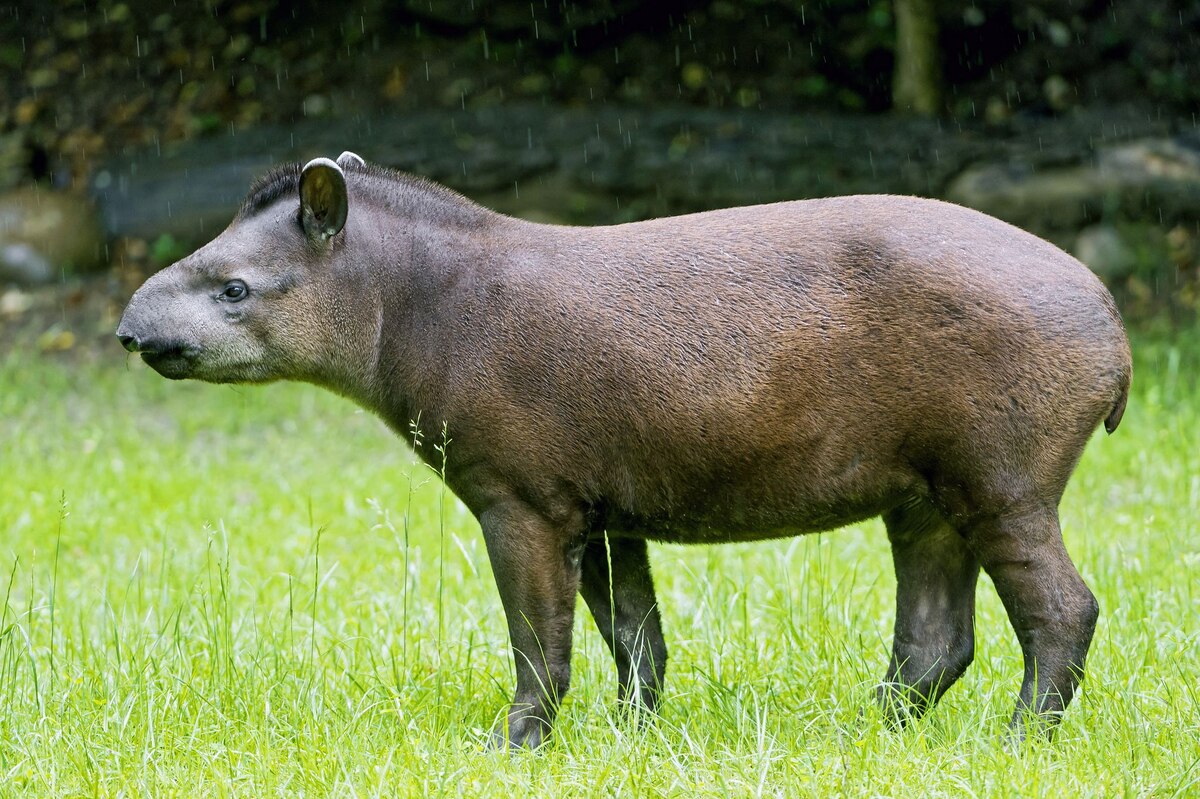

Landscaping Ideas
What Eats Grass In The Tropical Rainforest
Published: January 26, 2024
Discover the best landscaping ideas for tropical rainforests and learn about the creatures that eat grass in this unique ecosystem. Explore sustainable and beautiful solutions for your outdoor space.
(Many of the links in this article redirect to a specific reviewed product. Your purchase of these products through affiliate links helps to generate commission for Storables.com, at no extra cost. Learn more)
Introduction
The tropical rainforest is a vibrant and diverse ecosystem teeming with life. From the towering canopy to the lush forest floor, a complex web of interactions unfolds each day. At the heart of this intricate balance are the herbivores that play a crucial role in shaping the landscape and maintaining the delicate equilibrium of the rainforest.
In this article, we delve into the fascinating world of herbivores in the tropical rainforest, exploring the diverse array of creatures that rely on plant matter as their primary source of sustenance. From insects and arthropods to mammals, birds, reptiles, and amphibians, each group of herbivores contributes to the intricate tapestry of life within this lush environment.
Join us as we embark on a captivating journey through the tropical rainforest, uncovering the remarkable adaptations and behaviors of the creatures that sustain themselves on the abundant vegetation that thrives in this rich and biodiverse habitat. Let's unravel the intricate relationships between herbivores and the plant life that sustains them, gaining a deeper understanding of the interconnectedness that defines this awe-inspiring ecosystem.
Key Takeaways:
- Herbivores in the tropical rainforest, like insects, mammals, birds, and reptiles, play a crucial role in shaping the lush landscape and maintaining the delicate balance of this biodiverse ecosystem.
- From leaf-cutter ants to majestic sloths, each herbivore has unique adaptations and feeding habits that contribute to the dynamic and interconnected nature of the tropical rainforest, shaping the distribution and abundance of plant species.
Read more: What Eats Grass
Herbivores in the Tropical Rainforest
The tropical rainforest is home to a remarkable array of herbivores, each playing a vital role in the complex web of life within this lush ecosystem. These herbivores rely on the abundant plant life for sustenance, shaping the landscape and contributing to the intricate balance of the rainforest.
From the smallest insects to the largest mammals, herbivores in the tropical rainforest have evolved a diverse range of adaptations to thrive in this rich and biodiverse environment. Their feeding habits, foraging behaviors, and interactions with plant life are a testament to the remarkable diversity and complexity of this ecosystem.
As we delve into the world of herbivores in the tropical rainforest, we encounter a myriad of fascinating creatures, each with its own unique strategies for obtaining nourishment from the rich vegetation that flourishes in this environment. Whether it's the specialized mouthparts of insects and arthropods, the browsing habits of mammals, or the foraging techniques of birds, each herbivore contributes to the intricate tapestry of life within the rainforest.
Throughout the layers of the rainforest, herbivores play a crucial role in shaping the distribution and abundance of plant species. Their feeding habits can influence the growth and regeneration of vegetation, ultimately shaping the structure and composition of the forest. This intricate interplay between herbivores and plant life underscores the dynamic and interconnected nature of the tropical rainforest ecosystem.
As we continue our exploration of the herbivores in the tropical rainforest, we gain a deeper appreciation for the remarkable diversity and complexity of these creatures. Their interactions with the plant life around them are a testament to the intricate balance that defines this awe-inspiring ecosystem. Join us as we uncover the remarkable adaptations and behaviors of the herbivores that sustain themselves on the abundant vegetation that thrives in the tropical rainforest.
Insects and Arthropods
In the bustling world of the tropical rainforest, insects and arthropods reign supreme as some of the most abundant and diverse herbivores. From tiny leaf-munching ants to colorful butterflies fluttering among the foliage, these creatures play a vital role in shaping the intricate tapestry of life within this lush ecosystem.
One of the most fascinating aspects of insects and arthropods in the tropical rainforest is their remarkable diversity and specialized adaptations for feeding on plant matter. From specialized mouthparts designed for piercing and sucking to powerful mandibles for chewing through tough leaves, these herbivores have evolved a myriad of strategies to obtain nourishment from the rich vegetation that thrives in this environment.
Leaf-cutter ants, for example, are renowned for their industrious foraging behavior. These tiny herbivores meticulously cut and carry sections of leaves back to their underground colonies, where the foliage serves as the substrate for cultivating a specialized fungus. This cultivated fungus, in turn, becomes a vital component of the ants' diet, highlighting the intricate relationship between herbivores and plant life in the rainforest.
Meanwhile, colorful butterflies flit among the sun-dappled canopy, delicately sipping nectar from vibrant flowers. As they flutter from bloom to bloom, these graceful herbivores play a crucial role in pollination, facilitating the reproduction of the very plants on which they depend for sustenance. Their delicate beauty and vital ecological role make them a captivating symbol of the interconnectedness of life within the rainforest.
In the realm of arthropods, the diverse array of herbivorous creatures includes voracious grasshoppers, industrious beetles, and intricate leaf-mining caterpillars. Each of these creatures has carved out its own niche within the complex web of interactions that define the rainforest ecosystem, contributing to the dynamic balance of plant life and herbivores.
As we peer into the intricate world of insects and arthropods in the tropical rainforest, we gain a profound appreciation for the remarkable adaptations and behaviors of these herbivores. Their role in shaping the distribution and abundance of plant species underscores the dynamic and interconnected nature of this awe-inspiring ecosystem. Join us as we continue our exploration, venturing deeper into the lush world of herbivores in the tropical rainforest.
Mammals
The mammals of the tropical rainforest form a diverse and captivating ensemble of herbivores, each contributing to the intricate tapestry of life within this lush ecosystem. From the iconic sloths that leisurely navigate the canopy to the majestic tapirs that roam the forest floor, these herbivorous mammals play a vital role in shaping the distribution and abundance of plant species, ultimately influencing the structure and composition of the rainforest.
One of the most remarkable aspects of herbivorous mammals in the tropical rainforest is their diverse array of feeding strategies and specialized adaptations for obtaining nourishment from the rich vegetation that thrives in this environment. The sloth, with its slow and deliberate movements, subsists primarily on a diet of leaves, tender shoots, and fruits. Its specialized digestive system allows it to efficiently extract nutrients from the fibrous plant matter, showcasing the remarkable adaptations that enable these herbivores to thrive in their leafy domain.
Meanwhile, the tapir, a large and enigmatic herbivore, roams the forest floor in search of succulent fruits, tender leaves, and aquatic vegetation. As it meanders through the undergrowth, the tapir plays a crucial role in dispersing seeds, contributing to the regeneration and diversity of plant species within the rainforest. Its foraging habits and interactions with plant life underscore the dynamic and interconnected nature of this biodiverse ecosystem.
In addition to the sloth and tapir, the tropical rainforest is also home to a myriad of other herbivorous mammals, including the agile spider monkeys that deftly maneuver through the canopy in search of ripe fruits, the endearing agoutis that forage for fallen nuts and seeds, and the elusive peccaries that root through the forest floor in pursuit of roots, bulbs, and fallen fruits. Each of these mammals has carved out its own niche within the complex web of interactions that defines the rainforest ecosystem, contributing to the dynamic balance of plant life and herbivores.
As we peer into the captivating world of herbivorous mammals in the tropical rainforest, we gain a profound appreciation for the remarkable adaptations and behaviors of these creatures. Their role in shaping the distribution and abundance of plant species underscores the dynamic and interconnected nature of this awe-inspiring ecosystem. Join us as we continue our exploration, venturing deeper into the lush world of herbivores in the tropical rainforest.
Look for animals like deer, tapirs, and insects such as grasshoppers and termites that eat grass in the tropical rainforest.
Birds
The avian inhabitants of the tropical rainforest form a captivating and diverse ensemble of herbivores, each contributing to the intricate tapestry of life within this lush ecosystem. From the vibrant plumage of parrots to the melodious calls of toucans, the birds of the rainforest play a vital role in shaping the distribution and abundance of plant species, ultimately influencing the structure and composition of the forest.
One of the most remarkable aspects of herbivorous birds in the tropical rainforest is their diverse array of feeding strategies and specialized adaptations for obtaining nourishment from the rich vegetation that thrives in this environment. The iconic toucan, with its strikingly large and colorful bill, is well adapted for plucking ripe fruits from the canopy. As it dexterously maneuvers through the treetops, the toucan's feeding habits contribute to the dispersal of seeds, playing a crucial role in the regeneration and diversity of plant species within the rainforest.
Meanwhile, the resplendent macaws, with their iridescent plumage and raucous calls, are avid consumers of fruits, nuts, and seeds. Their strong beaks enable them to crack open tough shells and extract the nutritious contents within, showcasing the specialized adaptations that allow these herbivorous birds to thrive in their vibrant habitat. As they feast on a variety of fruits and nuts, macaws inadvertently aid in seed dispersal, contributing to the perpetuation of the rainforest's flora.
In addition to toucans and macaws, the tropical rainforest is also home to a myriad of other herbivorous birds, including the colorful parrots that chatter and feed in the canopy, the graceful hummingbirds that delicately sip nectar from blossoms, and the iconic hoatzins that consume copious amounts of leaves and buds. Each of these birds has carved out its own niche within the complex web of interactions that defines the rainforest ecosystem, contributing to the dynamic balance of plant life and herbivores.
As we peer into the captivating world of herbivorous birds in the tropical rainforest, we gain a profound appreciation for the remarkable adaptations and behaviors of these creatures. Their role in shaping the distribution and abundance of plant species underscores the dynamic and interconnected nature of this awe-inspiring ecosystem. Join us as we continue our exploration, venturing deeper into the lush world of herbivores in the tropical rainforest.
Read more: What Eats The Grass
Reptiles and Amphibians
In the verdant realm of the tropical rainforest, reptiles and amphibians emerge as intriguing and often overlooked herbivores, contributing to the rich tapestry of life within this lush ecosystem. While these creatures are often associated with carnivorous tendencies, a subset of reptiles and amphibians have evolved to subsist primarily on plant matter, showcasing a remarkable array of feeding strategies and specialized adaptations that enable them to thrive in their leafy domain.
One of the most fascinating examples of herbivorous reptiles in the tropical rainforest is the green iguana, a majestic creature that gracefully navigates the canopy in search of tender leaves, flowers, and fruits. With its powerful jaws and serrated teeth designed for shredding vegetation, the green iguana exemplifies the specialized adaptations that enable these reptiles to obtain nourishment from the abundant plant life that thrives in this environment. As it feeds on a variety of leaves and fruits, the green iguana plays a crucial role in shaping the distribution and abundance of plant species, ultimately influencing the structure and composition of the rainforest.
Amidst the lush undergrowth, herbivorous amphibians also carve out their niche within the complex web of interactions that define the rainforest ecosystem. Leaf-eating frogs, such as the iconic red-eyed tree frog, subsist on a diet of tender foliage, showcasing the diverse array of feeding strategies that have evolved within this biodiverse habitat. These amphibians contribute to the dynamic balance of plant life and herbivores, playing a vital role in shaping the intricate tapestry of life within the rainforest.
In addition to the green iguana and leaf-eating frogs, the tropical rainforest is also home to a myriad of other herbivorous reptiles and amphibians, including the vegetarian piranha, which consumes copious amounts of aquatic plants, and the herbivorous tortoises that forage for succulent vegetation in the forest underbrush. Each of these creatures has carved out its own unique niche within the complex web of interactions that defines the rainforest ecosystem, contributing to the dynamic balance of plant life and herbivores.
As we peer into the captivating world of herbivorous reptiles and amphibians in the tropical rainforest, we gain a profound appreciation for the remarkable adaptations and behaviors of these creatures. Their role in shaping the distribution and abundance of plant species underscores the dynamic and interconnected nature of this awe-inspiring ecosystem. Join us as we continue our exploration, venturing deeper into the lush world of herbivores in the tropical rainforest.
Conclusion
The tropical rainforest is a mesmerizing tapestry of life, where herbivores play a vital role in shaping the distribution and abundance of plant species, ultimately influencing the structure and composition of this biodiverse ecosystem. From the bustling world of insects and arthropods to the majestic mammals, vibrant birds, and often overlooked reptiles and amphibians, the herbivores of the rainforest contribute to the dynamic balance that defines this awe-inspiring habitat.
As we journeyed through the layers of the rainforest, we encountered a diverse array of herbivores, each with its own unique adaptations and feeding strategies. Insects and arthropods, with their specialized mouthparts and industrious foraging behaviors, showcase the remarkable diversity and complexity of herbivorous creatures in this environment. From leaf-cutter ants meticulously tending to their fungal gardens to colorful butterflies delicately sipping nectar, these tiny herbivores are integral to the intricate web of life within the rainforest.
Moving through the canopy and forest floor, we encountered a captivating ensemble of herbivorous mammals, from the iconic sloths and tapirs to the agile spider monkeys and endearing agoutis. Their diverse feeding habits and interactions with plant life underscore the dynamic and interconnected nature of the rainforest ecosystem, shaping the landscape and contributing to the regeneration of plant species.
In the realm of birds, the vibrant plumage of parrots, melodious calls of toucans, and resplendent macaws paint a vivid picture of herbivorous avian life in the rainforest. Their specialized beaks and feeding behaviors not only sustain them but also contribute to the dispersal and perpetuation of plant species, highlighting the vital role they play in the ecological balance of the rainforest.
Even the often overlooked reptiles and amphibians, such as the green iguana and leaf-eating frogs, carve out their niche as herbivores, contributing to the rich tapestry of life within the rainforest. Their feeding habits and interactions with plant life further emphasize the interconnectedness and complexity of this biodiverse habitat.
As we conclude our exploration of herbivores in the tropical rainforest, we are reminded of the intricate relationships that define this vibrant ecosystem. The herbivores, through their feeding habits and interactions with plant life, shape the very fabric of the rainforest, influencing the distribution and abundance of vegetation and contributing to the dynamic balance of this awe-inspiring habitat. Their role in sustaining the lush vegetation and perpetuating the cycle of life underscores the profound interconnectedness that defines the tropical rainforest, making them an integral part of this captivating and biodiverse ecosystem.
Frequently Asked Questions about What Eats Grass In The Tropical Rainforest
Was this page helpful?
At Storables.com, we guarantee accurate and reliable information. Our content, validated by Expert Board Contributors, is crafted following stringent Editorial Policies. We're committed to providing you with well-researched, expert-backed insights for all your informational needs.
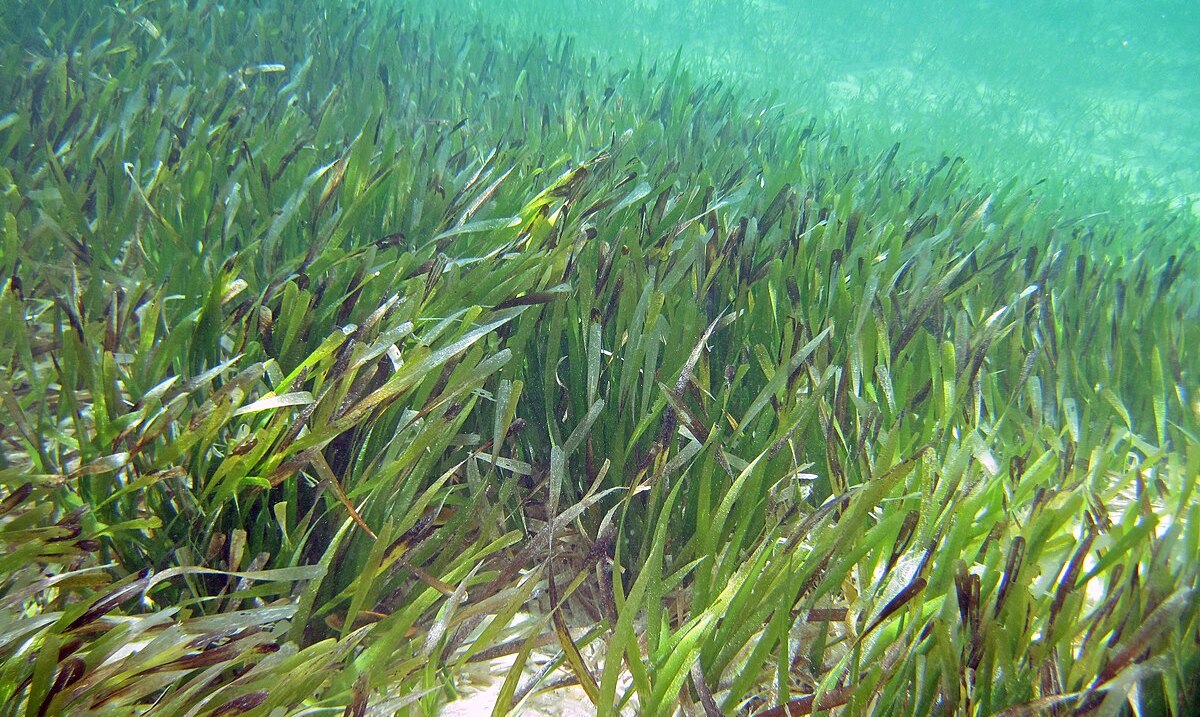
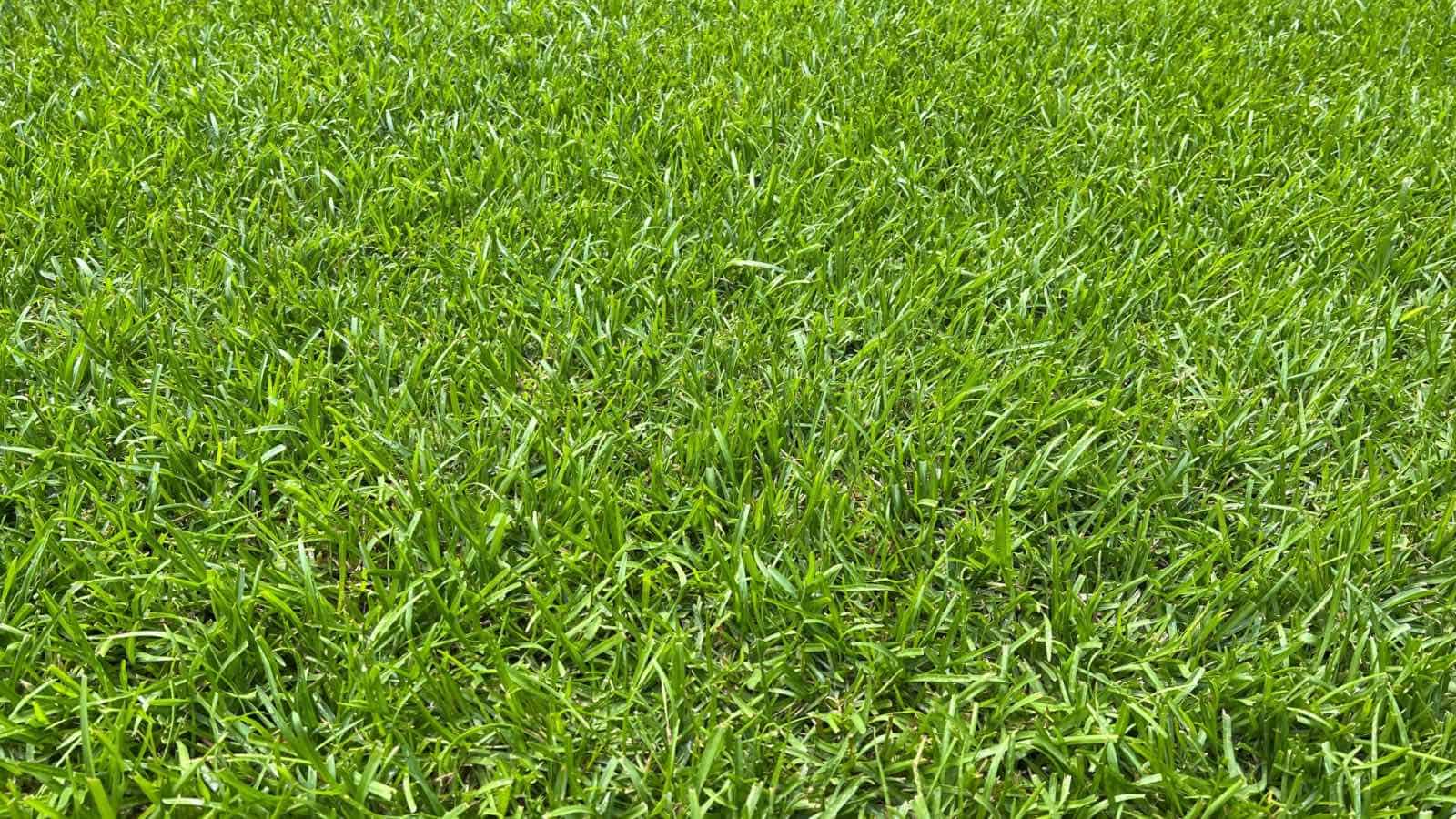
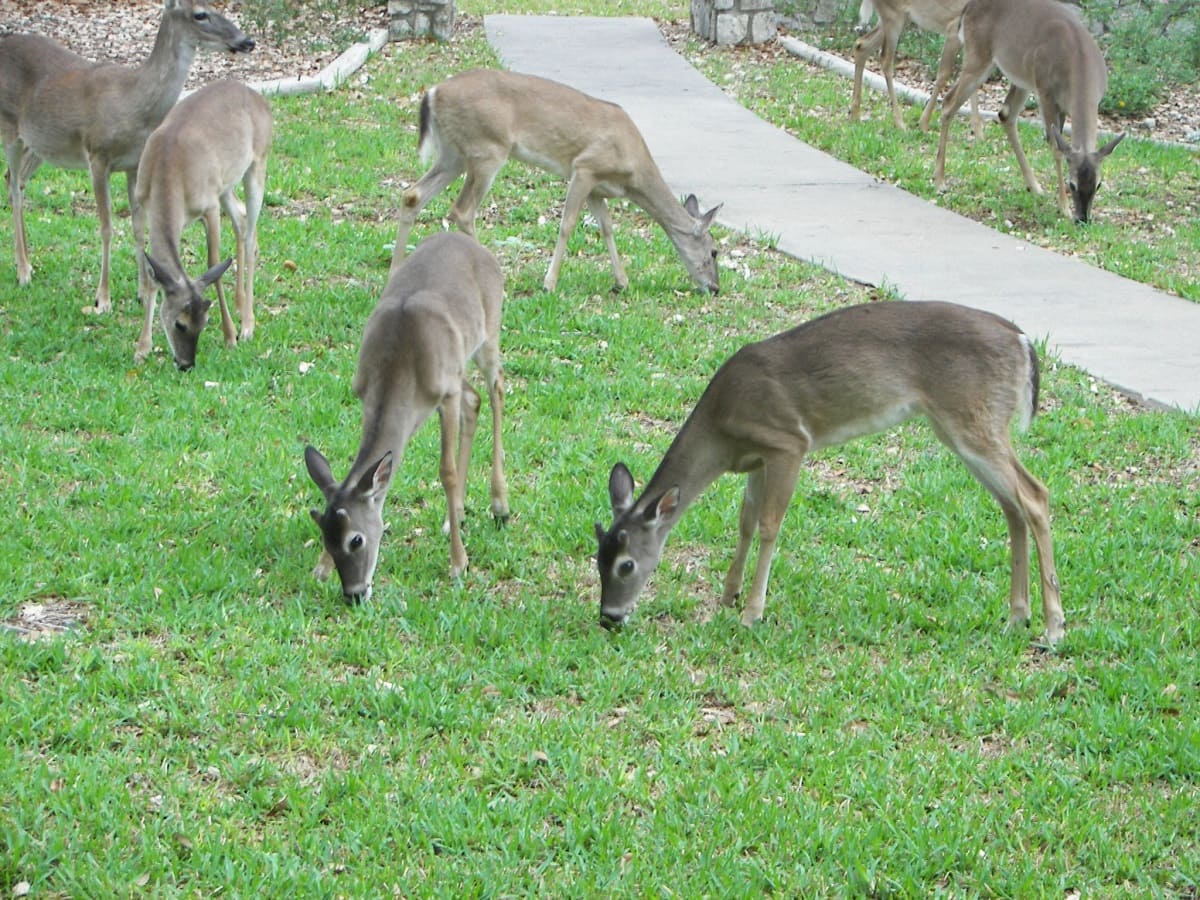
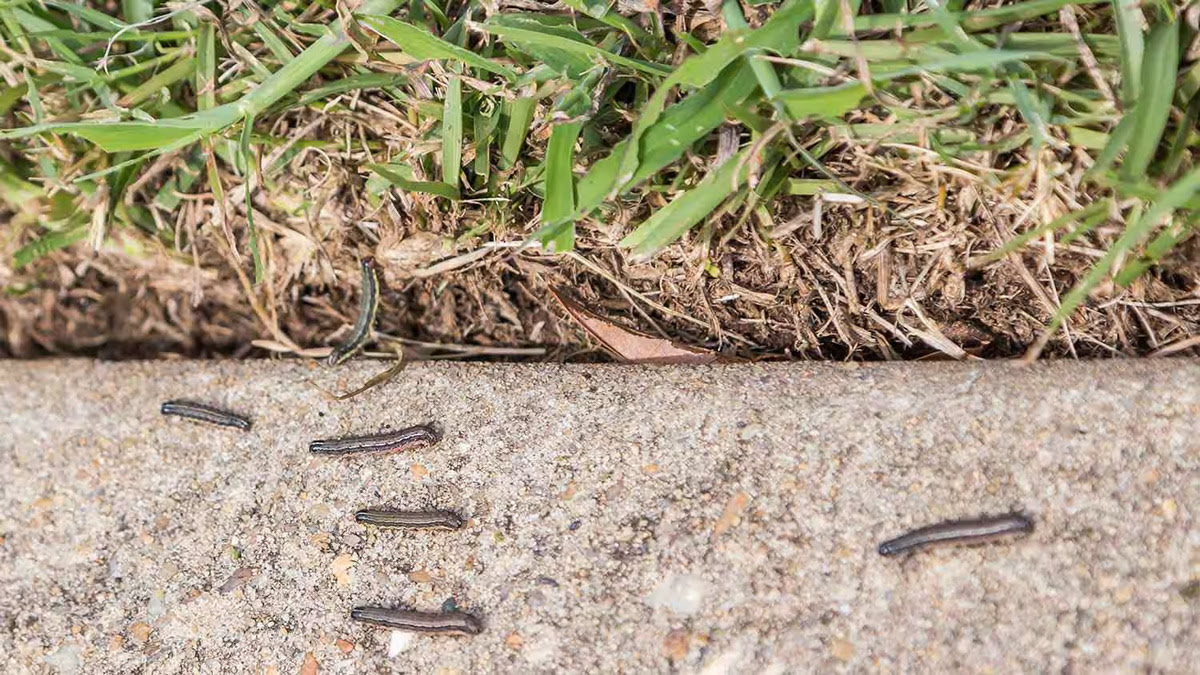
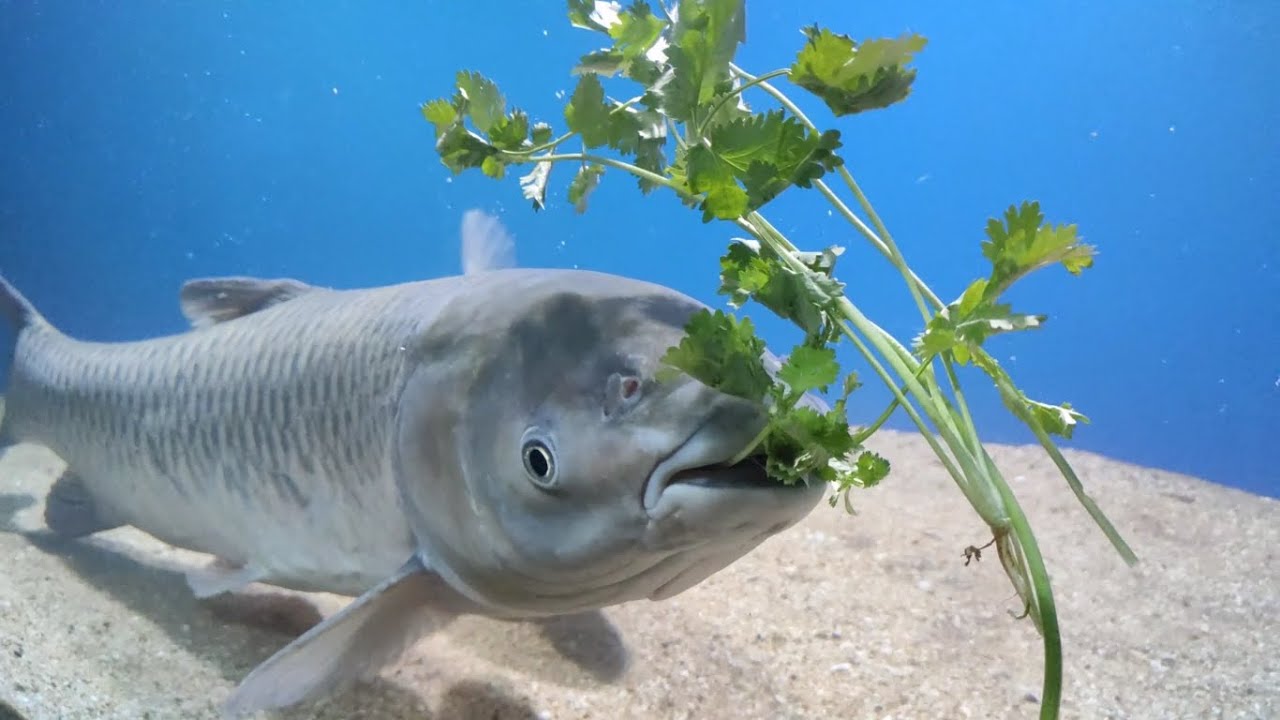
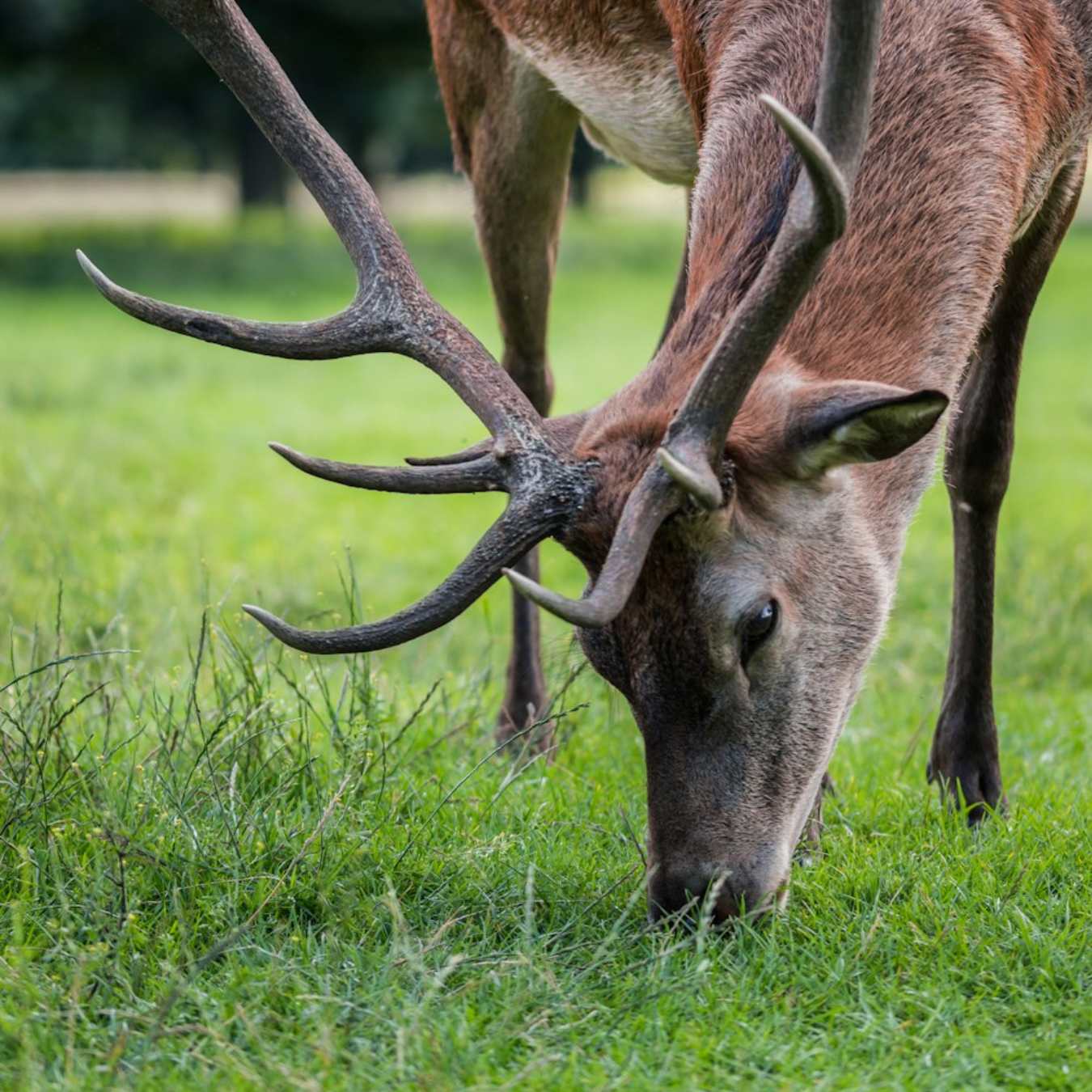
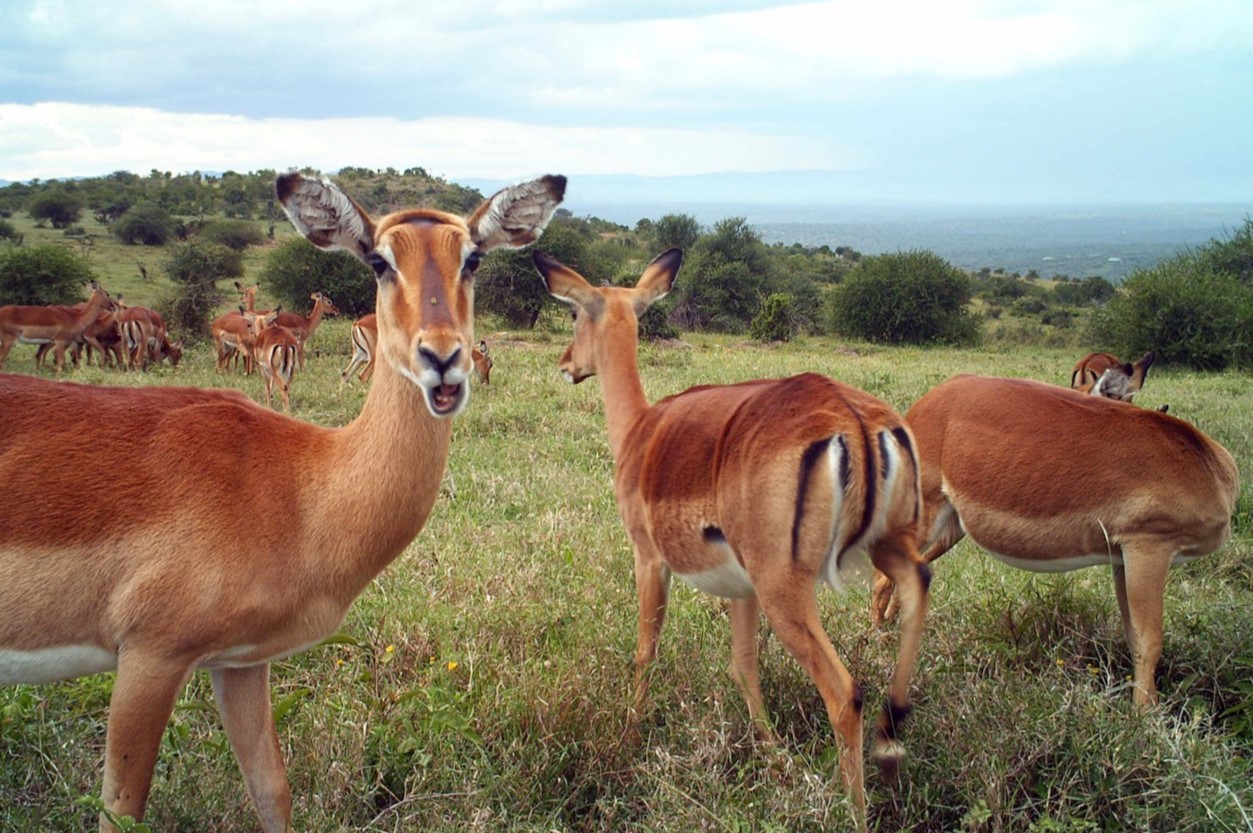
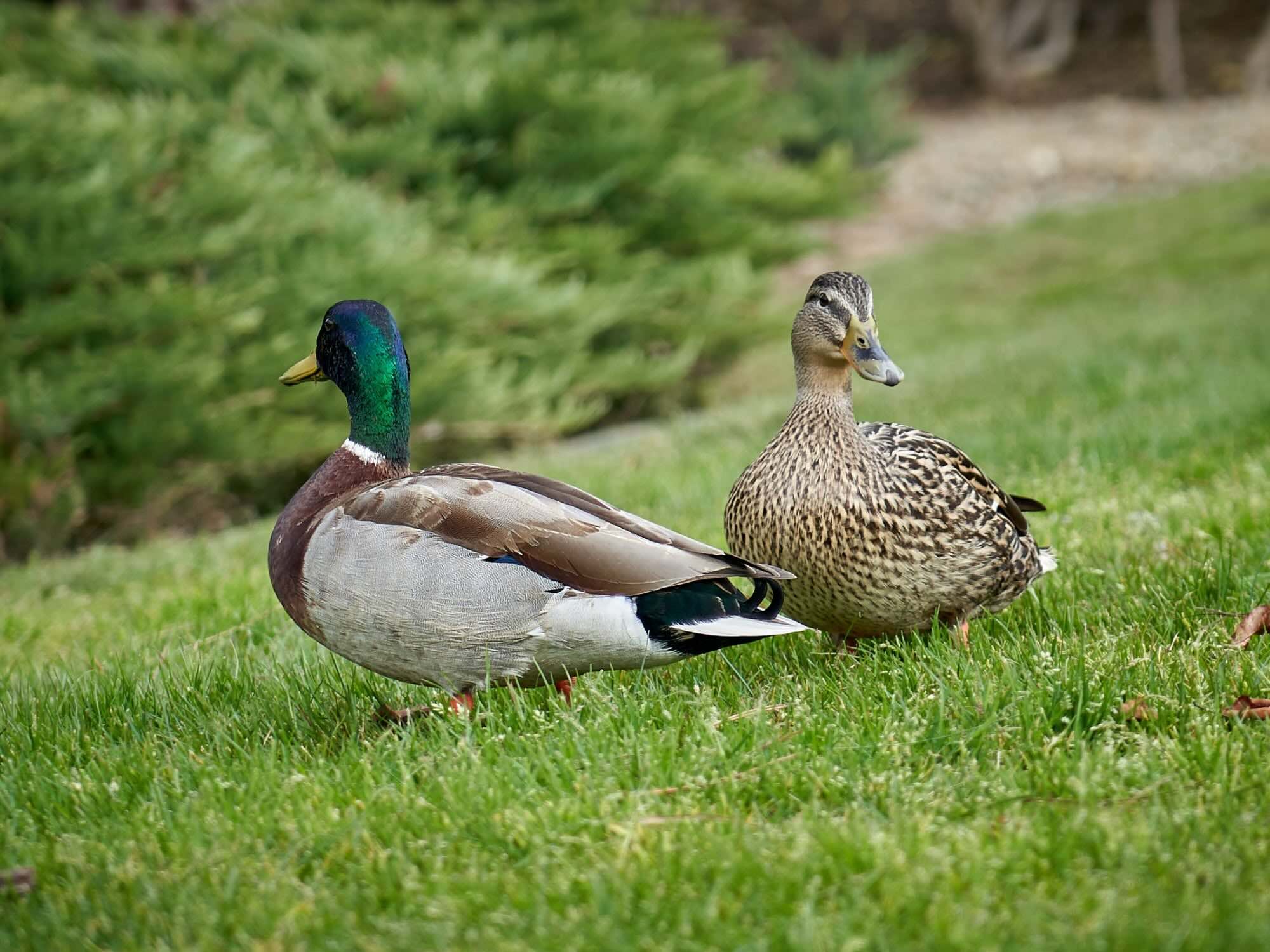
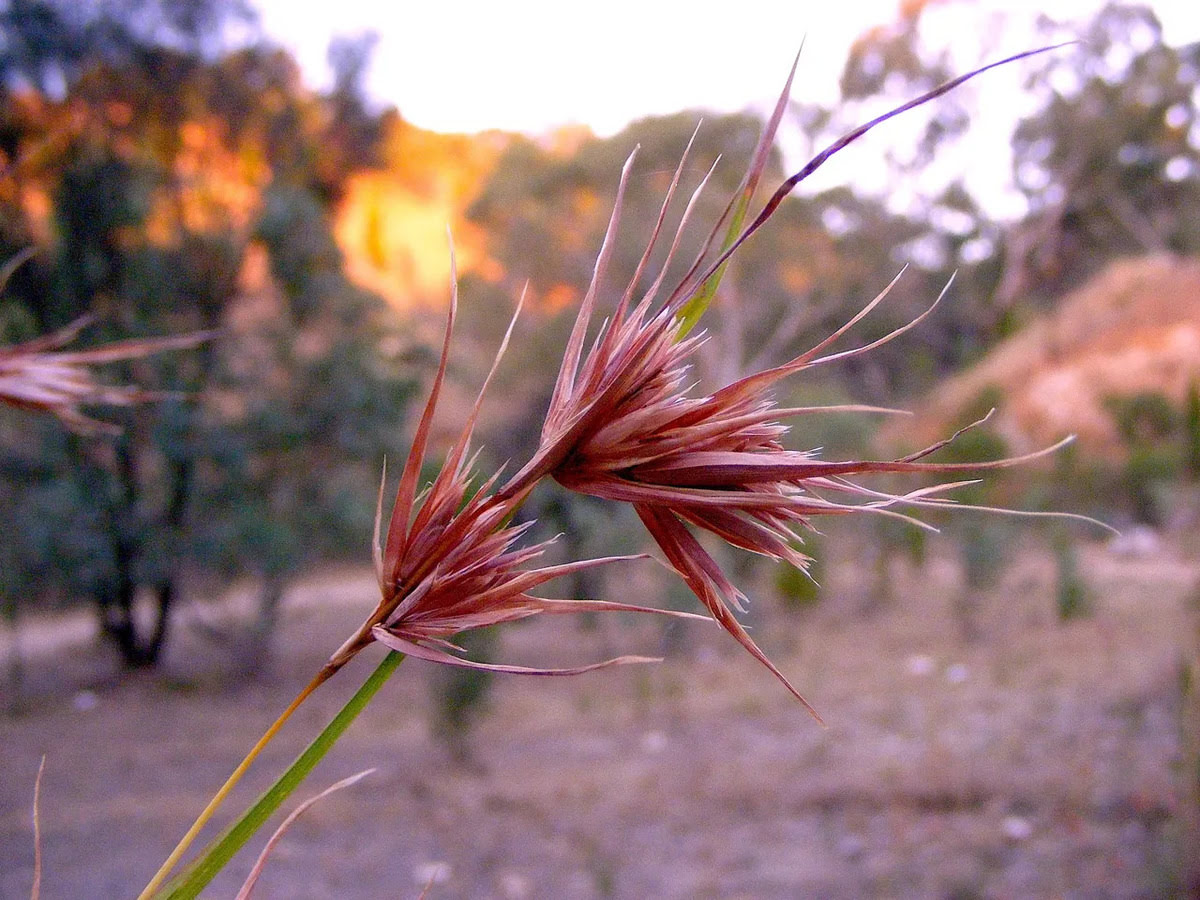
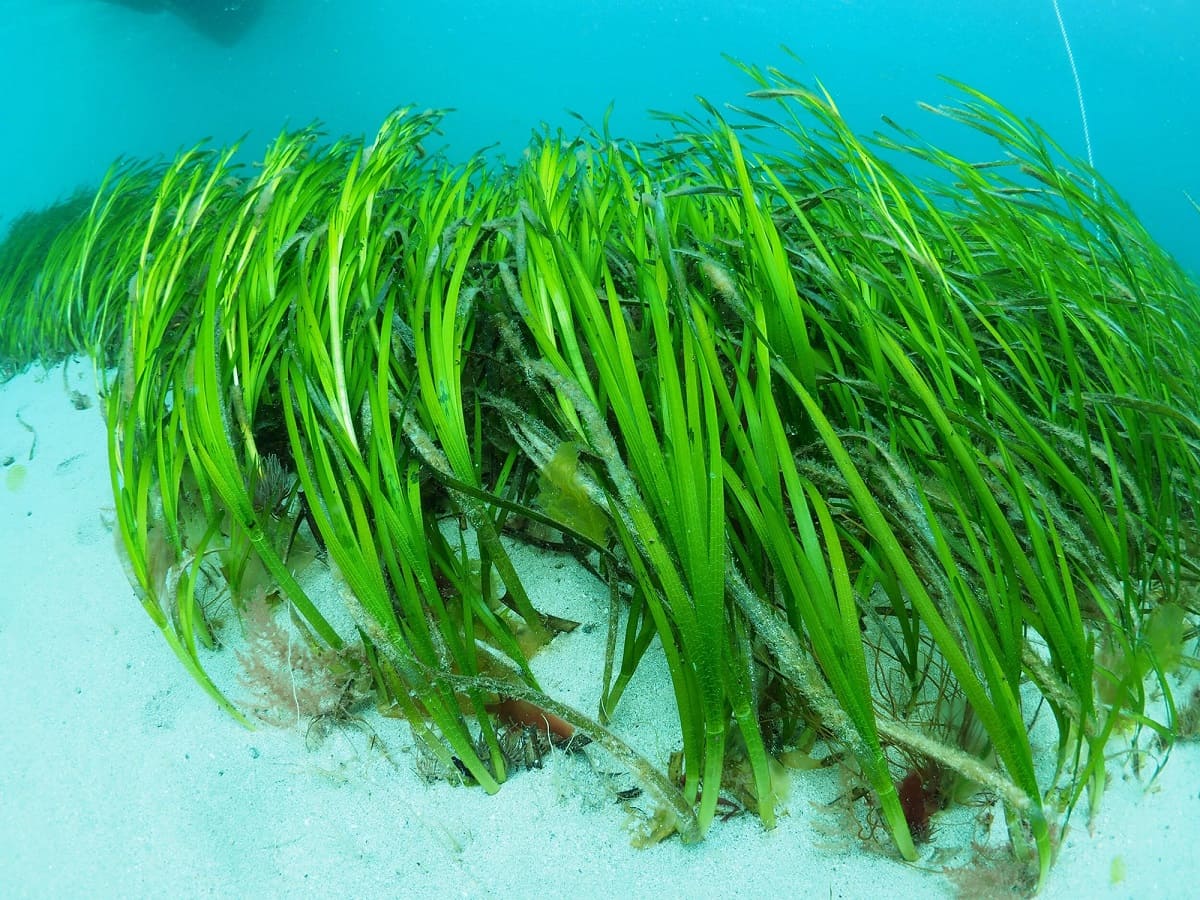
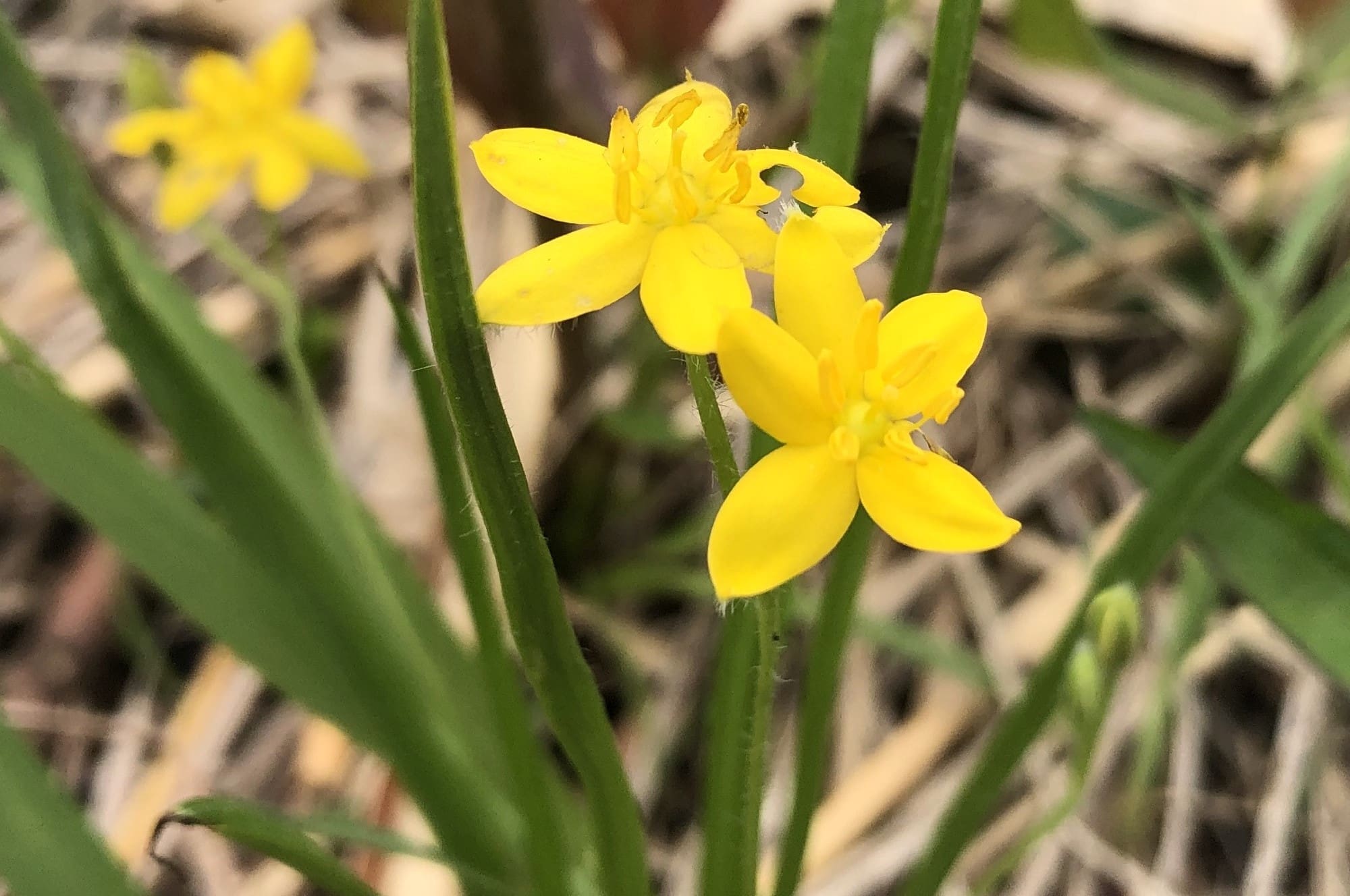
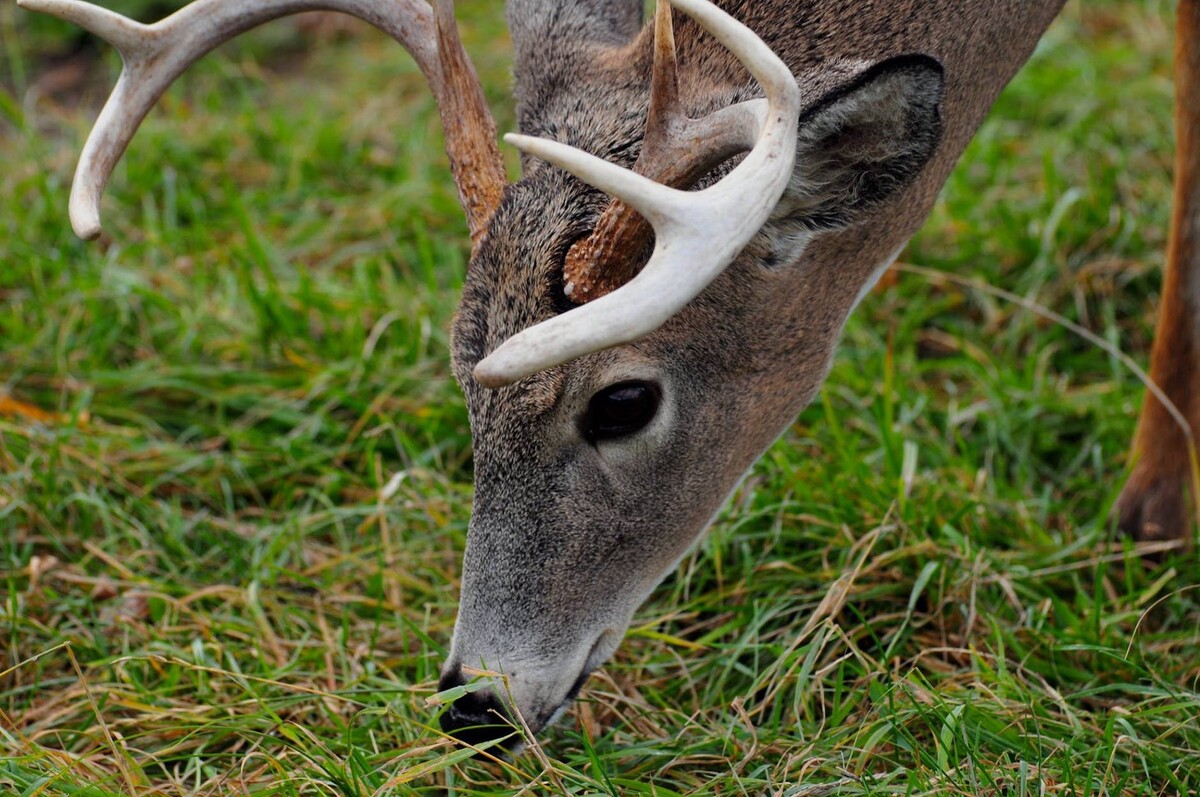
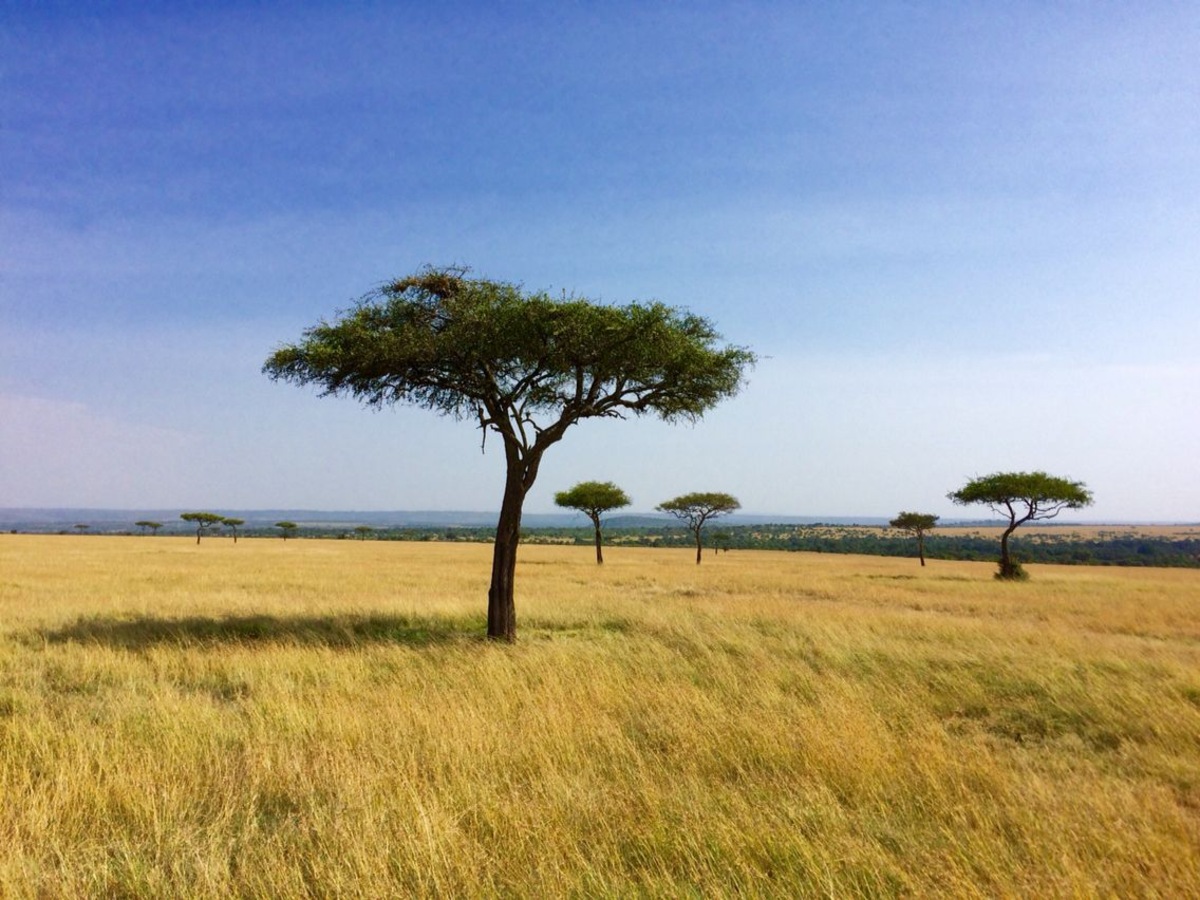


0 thoughts on “What Eats Grass In The Tropical Rainforest”